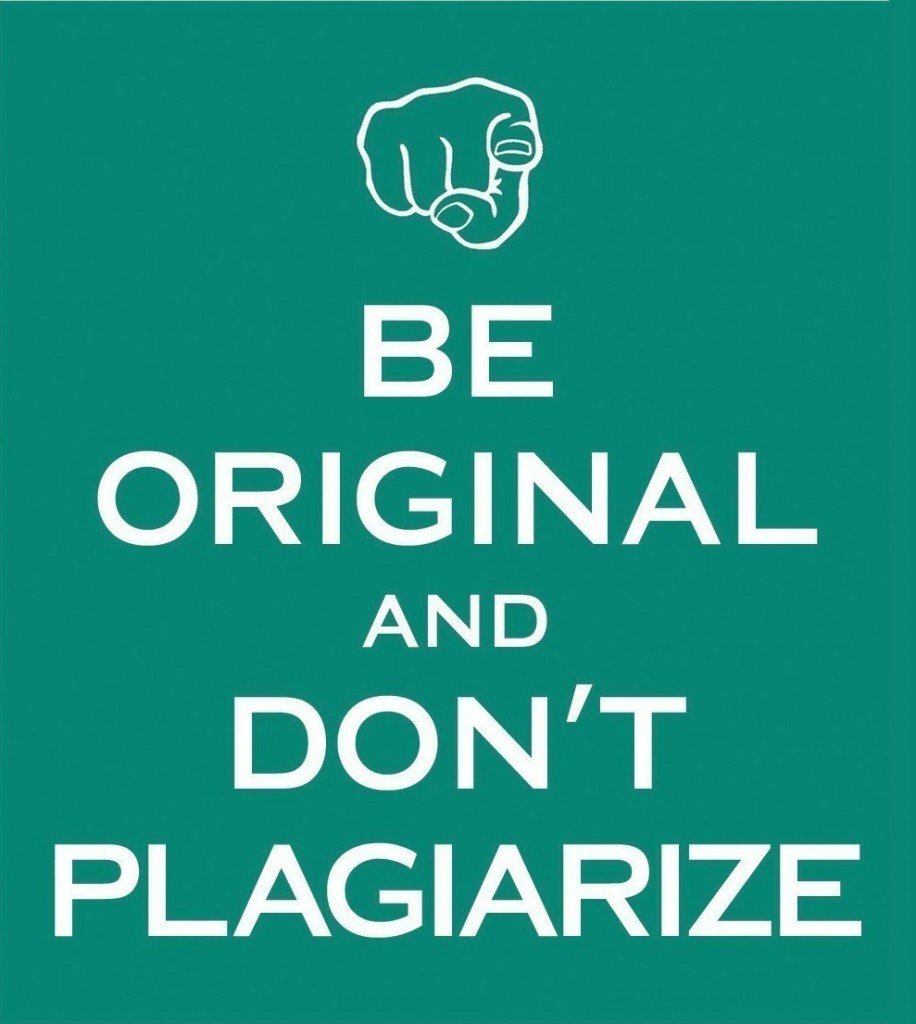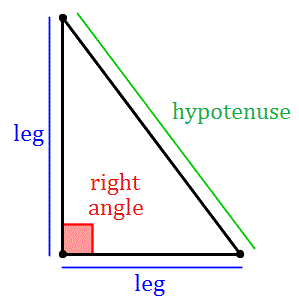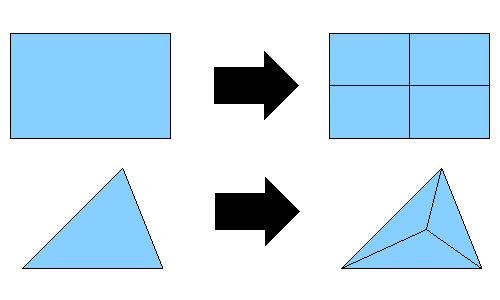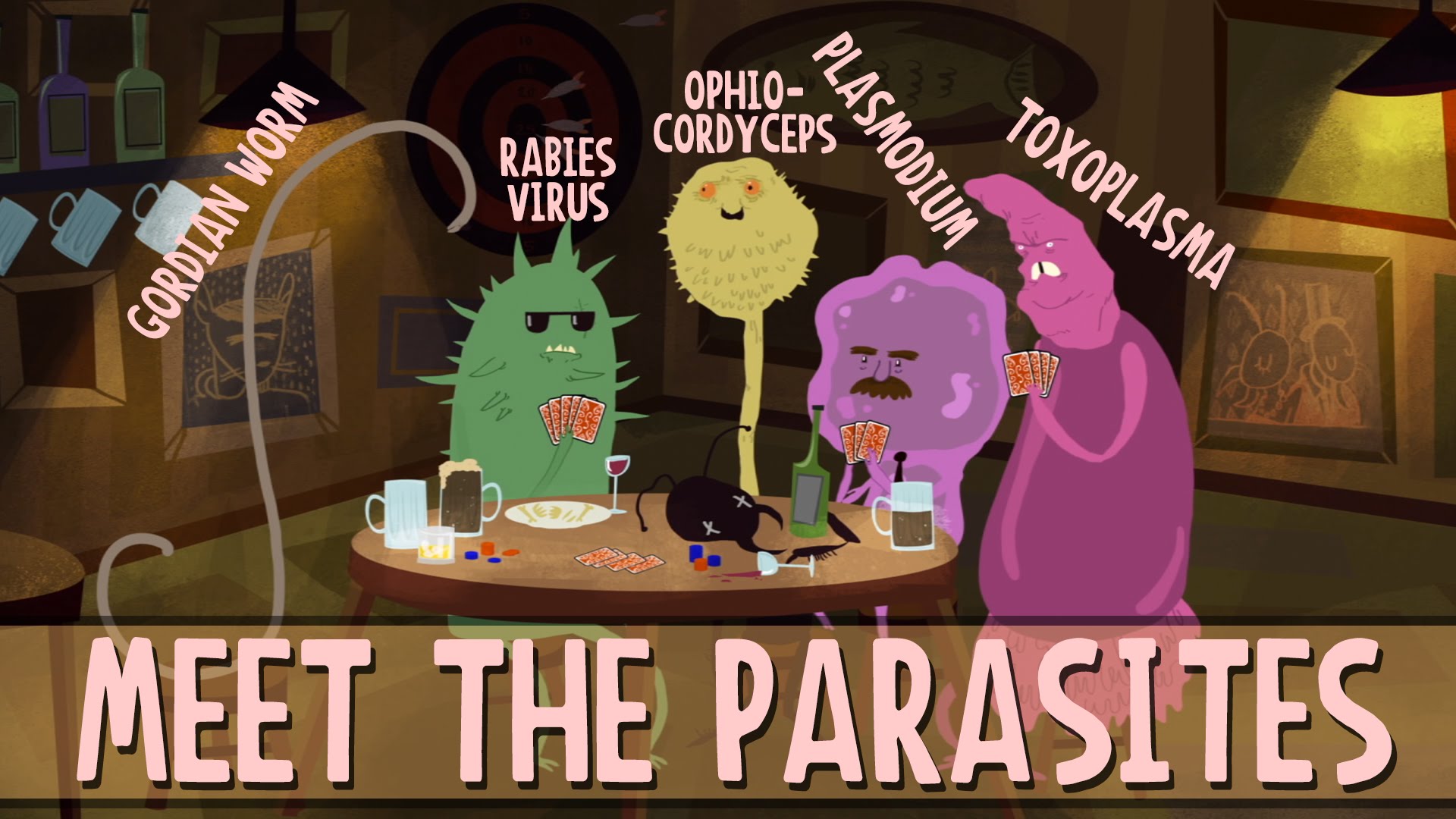Poem
Ode on a Grecian Urn
"Ode on a Grecian Urn" is a poem written by the English Romantic poet John Keats in May 1819 and published anonymously in the January 1820, Number 15, issue of the magazine Annals of the Fine Arts
The poem is one of several "Great Odes of 1819", which includes "Ode on Indolence", "Ode on Melancholy", "Ode to a Nightingale", and "Ode to Psyche". Keats found earlier forms of poetry unsatisfactory for his purpose, and the collection represented a new development of the ode form. He was inspired to write the poem after reading two articles by English artist and writer Benjamin Haydon. Keats was aware of other works on classical Greek art, and had first-hand exposure to the Elgin Marbles, all of which reinforced his belief that classical Greek art was idealistic and captured Greek virtues, which forms the basis of the poem.
Divided into five stanzas of ten lines each, the ode contains a narrator's discourse on a series of designs on a Grecian urn. The poem focuses on two scenes: one in which a lover eternally pursues a beloved without fulfilment, and another of villagers about to perform a sacrifice. The final lines of the poem declare that "'beauty is truth, truth beauty,' – that is all / Ye know on earth, and all ye need to know", and literary critics have debated whether they increase or diminish the overall beauty of the poem. Critics have focused on other aspects of the poem, including the role of the narrator, the inspirational qualities of real-world objects, and the paradoxical relationship between the poem's world and reality.

Mimesis
Mimesis, "to imitate" is a critical and philosophical term that carries a wide range of meanings, which include imitation, representation, mimicry, imitatio, the act of resembling, the act of expression, and the presentation of the self.
 |
| Imitate |
In ancient Greece, mimesis was an idea that governed the creation of works of art, in particular, with correspondence to the physical world understood as a model for beauty,truth, and the good. Plato contrasted mimesis, or imitation, with diegesis, or narrative. After Plato, the meaning of mimesis eventually shifted toward a specifically literary function in ancient Greek society, and its use has changed and been reinterpreted many times since.
One of the best-known modern studies of mimesis, understood as a form of realism in literature, is Erich Auerbach's Mimesis: The Representation of Reality in Western Literature, which opens with a famous comparison between the way the world is represented in Homer's Odyssey and the way it appears in the Bible. From these two seminal Western texts, Auerbach builds the foundation for a unified theory of representation that spans the entire history of Western literature, including the Modernist novels being written at the time Auerbach began his study. In art history, "mimesis", "realism" and "naturalism" are used, often interchangeably, as terms for the accurate, even "illusionistic",representation of the visual appearance of things.
Plagiarism
Plagiarism is the "wrongful appropriation" and "stealing and publication" of another author's "language, thoughts, ideas, or expressions" and the representation of them as one's own original work.
Plagiarism is considered academic dishonesty and a breach of journalistic ethics. It is subject to sanctions like penalties, suspension, and even expulsion. Recently, cases of 'extreme plagiarism' have been identified in academia. The modern concept of plagiarism as immoral and originality as an ideal emerged in Europe in the 18th century, particularly with the Romantic movement.
Plagiarism is not in itself a crime, but can constitute copyright infringement. In academia and industry, it is a serious ethical offense. Plagiarism and copyright infringement overlap to a considerable extent, but they are not equivalent concepts, and many types of plagiarism do not constitute copyright infringement, which is defined by copyright law and may be adjudicated by courts. Plagiarism is not defined or punished by law, but rather by institutions (including professional associations, educational institutions, and commercial entities, such as publishing companies).

++ INFORMATION ++
** Prefix, Suffix, Root **
> hypo : that means "beneath" or "below," as in hypodermic, below the skin. It also means "less than normal," especially in medical terms like hypoglycemia. In the names of chemical compounds, it means "at the lowest state of oxidation," as in sodium hypochlorite.
*Hypothesis : A hypothesis (plural hypotheses) is a proposed explanation for a phenomenon. For a hypothesis to be a scientific hypothesis, the scientific method requires that one can test it. The words "hypothesis" and "theory" are often used synonymously, a scientific hypothesis is not the same as a scientific theory. A working hypothesis is a provisionally accepted hypothesis proposed for further research.

*Hypotenuse : In geometry, a hypotenuse is the longest side of a right-angled triangle, the side opposite of the right angle. The length of the hypotenuse of a right triangle can be found using the Pythagorean theorem, which states that the square of the length of the hypotenuse equals the sum of the squares of the lengths of the other two sides.

> Sub- : a prefix occurring originally in loanwords from Latin ( subject; subtract;subvert; subsidy); on this model, freely attached to elements of any origin and used with the meaning “under,” “below,” “beneath”
*Subdivide: to divide (that which has already been divided) into smaller parts;divide again after a first division.

> Para- : a prefix appearing in loanwords from Greek, most often attached to verbs and verbal derivatives, with the meanings “at or to one side of,beside, side by side” ,“beyond, past, (; by extension from these senses, this prefix came to designate objects or activities auxiliary toor derivative of that denoted by the base word, and hence abnormal.
*Parallel : two lines, paths etc that are parallel to each other are the same distance apart along their whole length
| Parallel Line |
* Parasite : A parasite is an organism that lives in another organism, called the host, and often harms it. It is dependent on its host for survival - it has to be in the host to live, grow and multiply. A parasite cannot live independently.

No comments:
Post a Comment